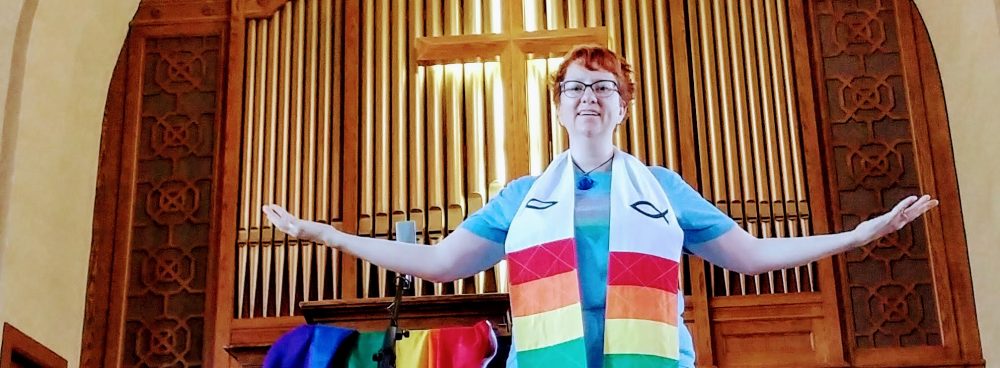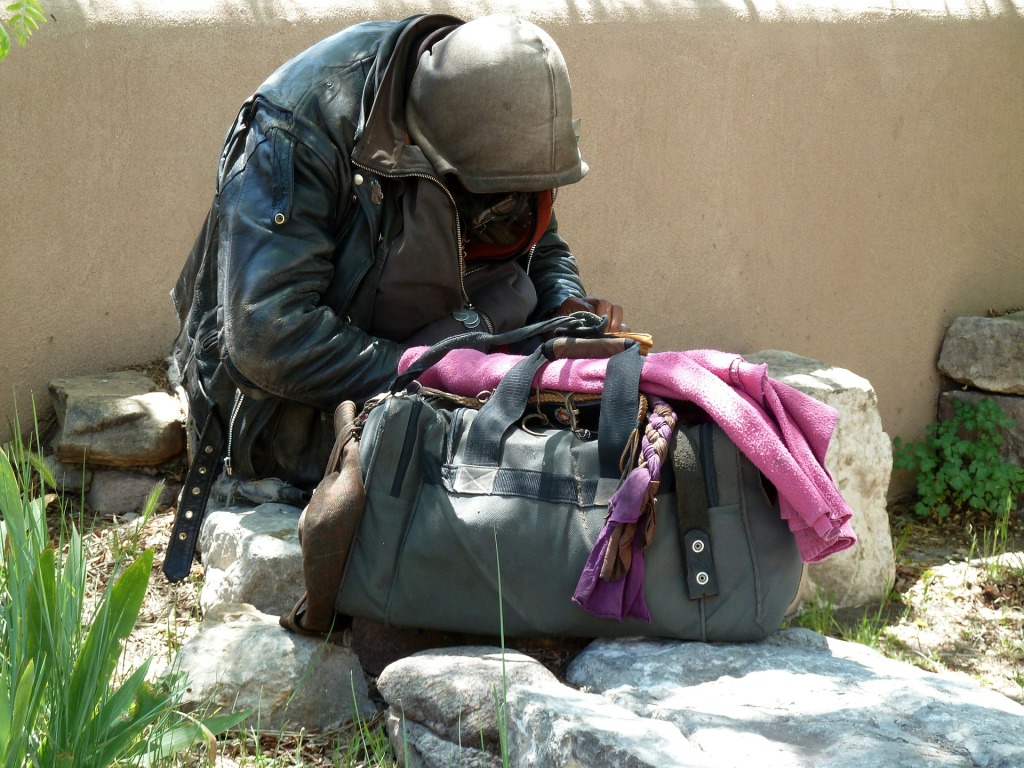The book of Isaiah was written over a period of approximately 240 years. It is divided into three parts—each dealing with different historic events. The first part of the book relates to the rise of the Assyrian empire. Isaiah was calling people to repentance with the hope that disaster could be averted. The second part of the book deals with the Babylonian exile when the wealthy, powerful, and skilled people were forcibly removed to Babylon. Finally, the third book of Isaiah deals with the return from Babylonian exile.
Today’s scripture, Isaiah 58:9b-14, comes this third part. During the exile, the hope had been to return to Jerusalem, to rebuild the temple, to rebuild the city. The reality didn’t play out this way. By the time people could return from exile, many of those who remembered Jerusalem had already died. The younger generation had already created homes and established themselves in Babylon. Why would they want to leave what they knew and return to their grandparents’ homeland? The number of people who actually returned was quite small and the rebuilding didn’t go so well. Over a hundred years later very little rebuilding of the temple and city had happened. The glorious hope that had been nurtured in second Isaiah, during the exile, didn’t come to fruition in the ways people imagined.
You might imagine the disillusionment that grew over this time. People just get on with living their lives the best way they can and nothing changes. It could be hard slogging for the small group who returned and wanted everything to go back to the way it was. They might be asking why God has abandoned them. They might be wondering what the point of any of their work is. They want to rebuild Jerusalem and the temple but God gives them seemingly unrelated work.
The yoke was a symbol in the near east for economic and political hardship caused by the elite. The instructions from God begin in the economic and political realm—not in rebuilding the city and temple. That isn’t the point of the return. Isaiah offers these instructions: “If you remove the oppression caused by the wealthy and powerful, if you stop pointing fingers if you stop saying mean things, if you care for the hungry and hurting…if the whole community embraces this call and embraces the work of dismantling oppression, then good things will happen. You will find God guiding you and strengthening you and you will be like a well-watered garden. Not only that, but your children will rebuild the city and remember where you came from.” Don’t start with the physical structures. Take a step back. Look at your community. Where are the injustice and oppression? If you want to rebuild the city and temple, you have to start by dealing with the injustices that are inherent in every society.
It isn’t God’s work to remove the yoke of oppression. The work of liberation from oppression belongs to the whole community. The work of caring for the hungry and hurting belongs to the whole community. If liberation is the work of the whole community, then healing belongs to the whole community. As long as there is oppression, everyone suffers. In order to create a healthy community, everyone needs to participate in the activity of liberation.
For example, when we talk about reconciliation, sometimes people will say…”why don’t they just get over it? It happened, move on.” Like the people in Isaiah, we are dealing with intergenerational trauma. We can’t go back to the way things were and going forward involves creating something new from what’s left. That work can’t be done by one group of people. That is work that takes a whole community. In Isaiah, we have a small number of people who do remember Jerusalem before the exile. We have children who only remember stories. We have people who have remained and lived on the land during the exile. All these groups see the past differently. They see the present differently and the future has yet to become a reality.
In our own situation, we have Indigenous people who lived the reality of residential schools and sixties scoop. We have their children and grandchildren who hear the stories of what life was like before the schools and who see the trauma the schools created. We have non-indigenous people, like myself, who live on the land that used to belong to Indigenous communities. All of these groups see the history differently and hear the stories differently. No one group can create healing or create a new future. The work of reconciliation and liberation doesn’t just lie with Indigenous people. That work belongs to all of us.
We might lament, that churches are not the way they used to be. We might want to maintain the physical building for future generations. We might remember when the church was overflowing every Sunday. We might want to go back to those days and be trying everything we can think of to hold it together and make it work. But scripture invites us to take a step back. If we deal with the injustices in our communities. If we care for the hungry and hurting, then we find God. Then we will find the strength we need. Then the next generation will understand the heritage of faith that we pass to them.
It isn’t about going back to the good old days but going forward. We can only go forward by doing the work of healing our communities by dismantling all the injustices—economic and political injustice, racism, heterosexism, hatred, and violence. When we do that work, the rebuilding of our communities of faith happens naturally and the communities will thrive because they offer the healing that so many people need in their lives. The communities won’t look like they did in the past but they will be filled with God’s spirit of love and compassion.

